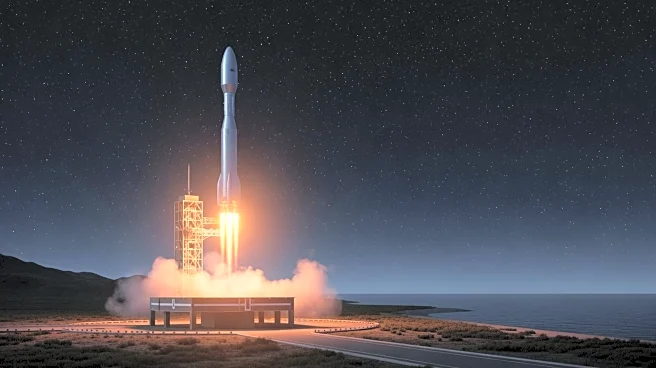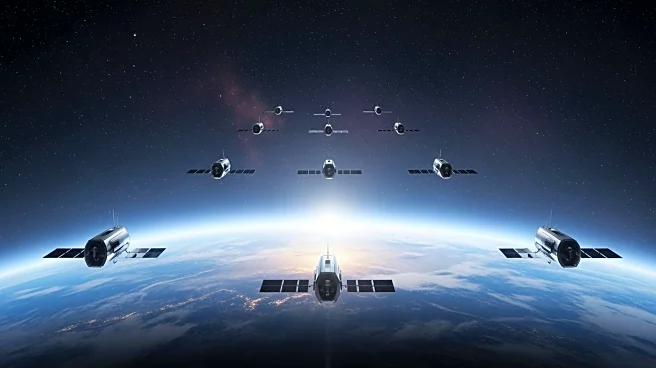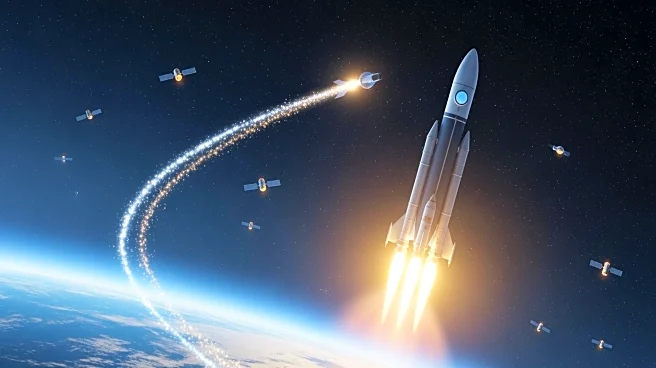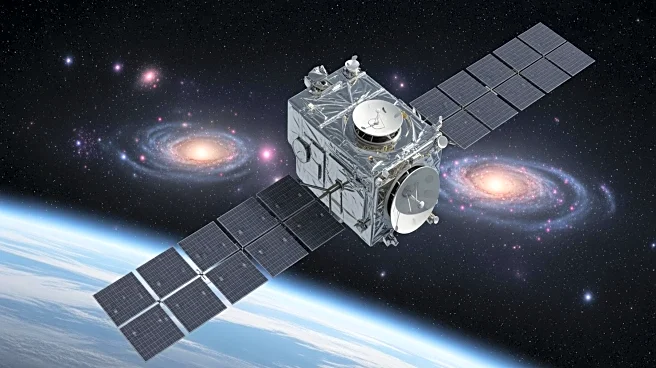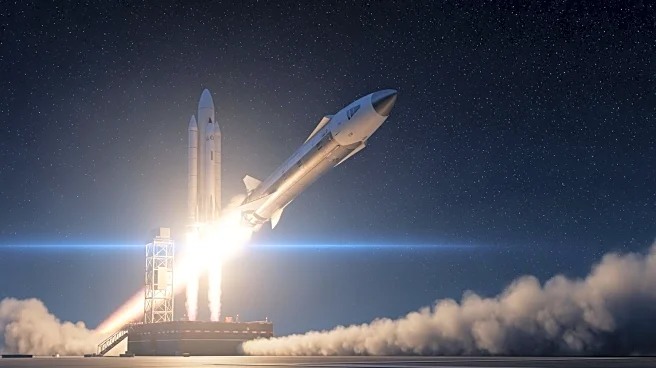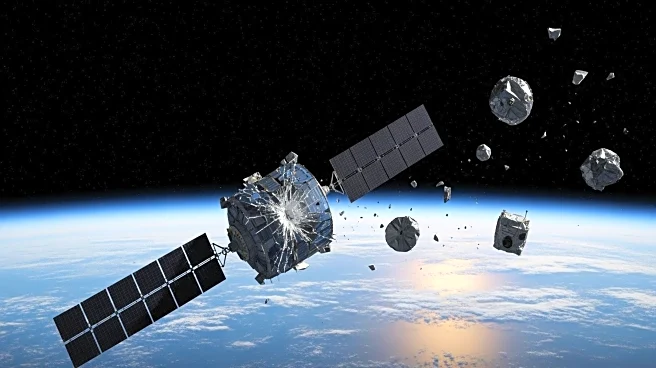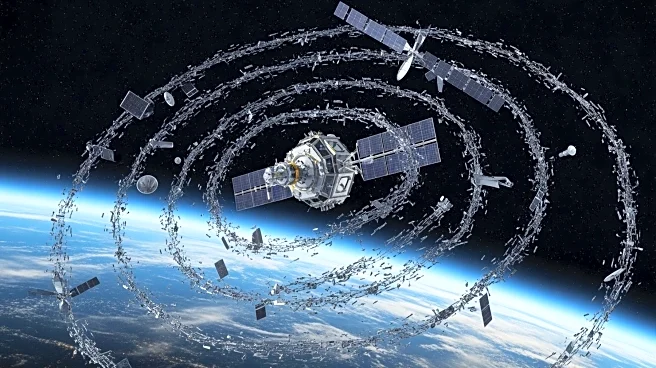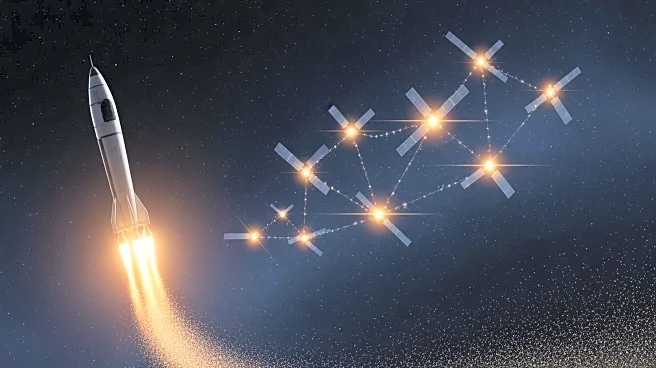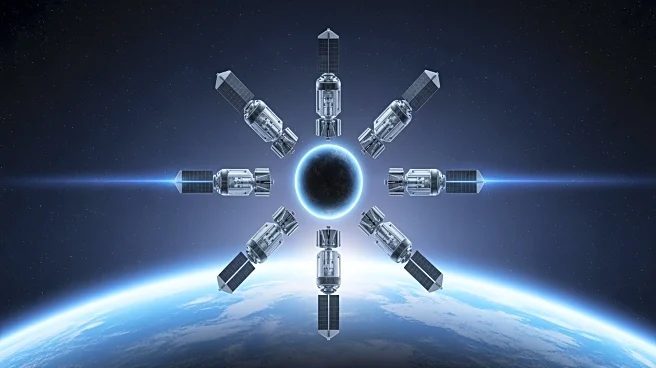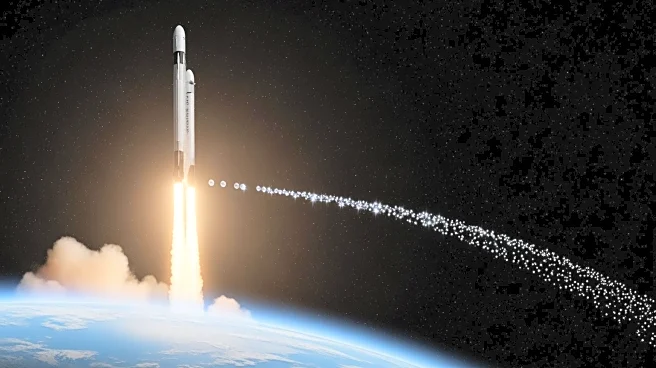What's Happening?
SpaceX is set to launch a Falcon 9 rocket from Vandenberg Space Force Base, carrying 28 Starlink satellites into low-earth orbit. The launch is scheduled for October 27, with a window between 2:12 and 6:12 p.m. Residents in nearby counties may experience
a sonic boom shortly after liftoff. This mission is part of SpaceX's ongoing efforts to expand its Starlink satellite network, which aims to provide global internet coverage.
Why It's Important?
The expansion of the Starlink network is crucial for improving global internet connectivity, particularly in remote and underserved areas. By increasing the number of satellites in orbit, SpaceX enhances its ability to offer high-speed internet services worldwide, potentially bridging the digital divide. This development is significant for industries reliant on internet connectivity, such as telecommunications, education, and remote work, and could lead to increased economic opportunities in regions with limited access.
What's Next?
Following the successful launch, SpaceX will continue to deploy additional satellites to further expand the Starlink network. The company plans to increase its satellite count significantly, aiming to provide comprehensive global coverage. As the network grows, SpaceX may face regulatory challenges and competition from other satellite internet providers, prompting potential collaborations or policy adjustments to ensure seamless service delivery.
Beyond the Headlines
The deployment of Starlink satellites raises questions about space debris and the long-term sustainability of satellite networks. As more satellites are launched, the risk of collisions and space congestion increases, necessitating advancements in space traffic management and debris mitigation strategies. These concerns highlight the need for international cooperation and regulation to ensure the safe and sustainable use of space.
